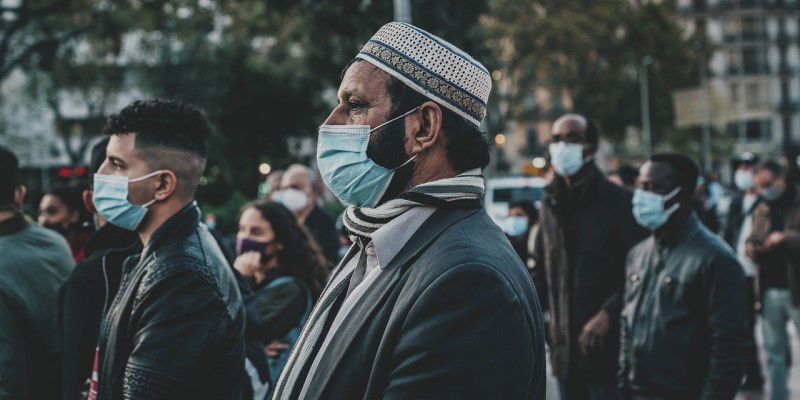Panic attacks are sudden and overwhelming episodes of fear and anxiety that can strike without warning. They can be extremely frightening and debilitating, making it difficult for individuals to carry out their daily activities. It is estimated that around 2-3% of the population will experience panic attacks at some point in their lives.
There are a variety of signs and symptoms that can indicate a panic attack is imminent. These can include:
1. Chest pain or tightness
2. Shortness of breath or feeling like you are choking
3. Racing or pounding heart
4. Sweating or trembling
5. Feeling dizzy or lightheaded
6. Nausea or stomach upset
7. Feeling like you are losing control or going crazy
8. Fear of dying
9. Numbness or tingling in the extremities
10. Hot flashes or chills
11. Rapid or irregular heartbeat
12. Difficulty breathing
13. Feeling detached from reality
14. Panic attacks can vary in intensity and can last anywhere from a few minutes to several hours. They can also occur in response to specific triggers, such as social situations, worries about health or finances, or traumatic events.
There are several factors that can contribute to the development of panic attacks. These can include biological factors, such as genetics or brain chemistry, as well as environmental factors like stress or trauma. Individuals with a family history of anxiety disorders are also at an increased risk of experiencing panic attacks.
It is important to seek help if you are experiencing panic attacks, as they can have a significant impact on your mental and physical health. Treatment options can include therapy, medication, and lifestyle changes to help manage symptoms and prevent future attacks.
If you or someone you know is experiencing panic attacks, it is important to reach out to a healthcare professional for support and guidance. Remember, you are not alone and there are resources available to help you manage your symptoms and improve your overall well-being.



